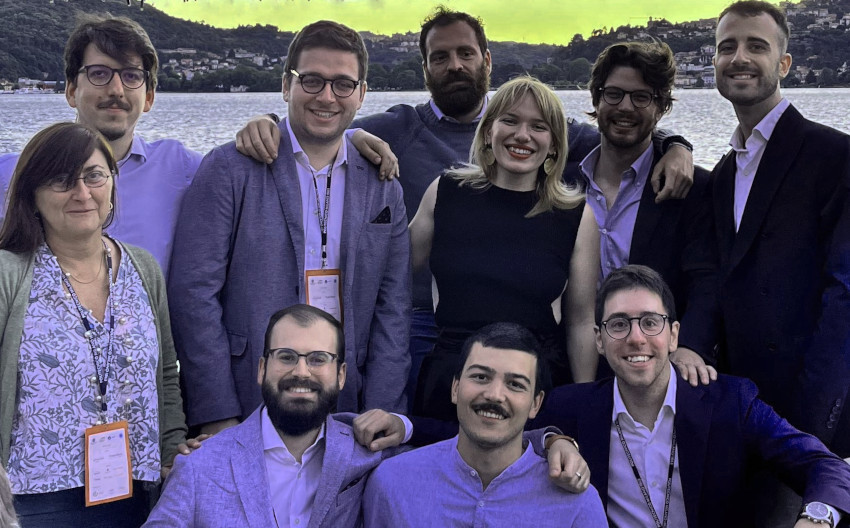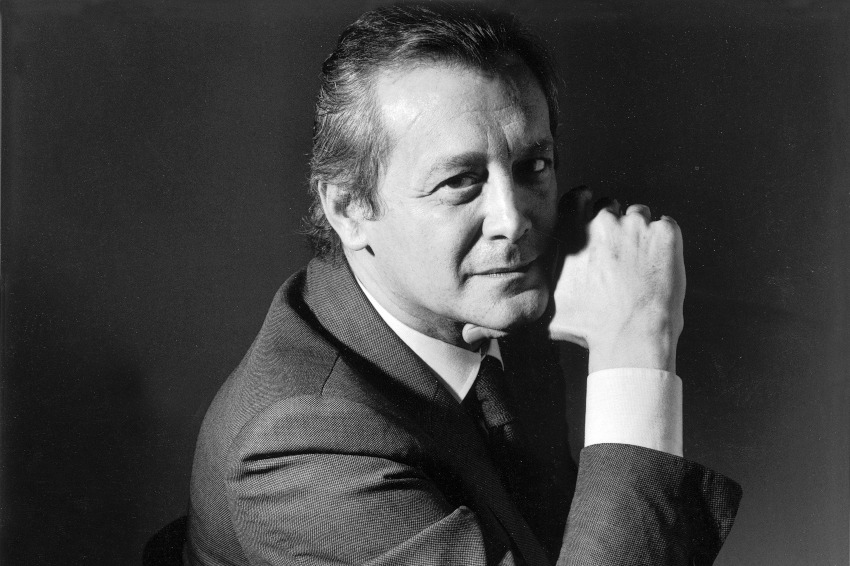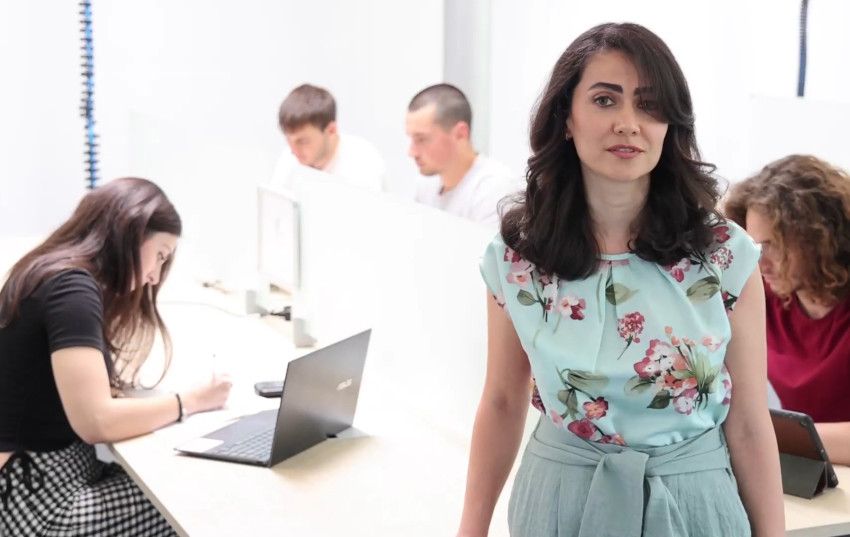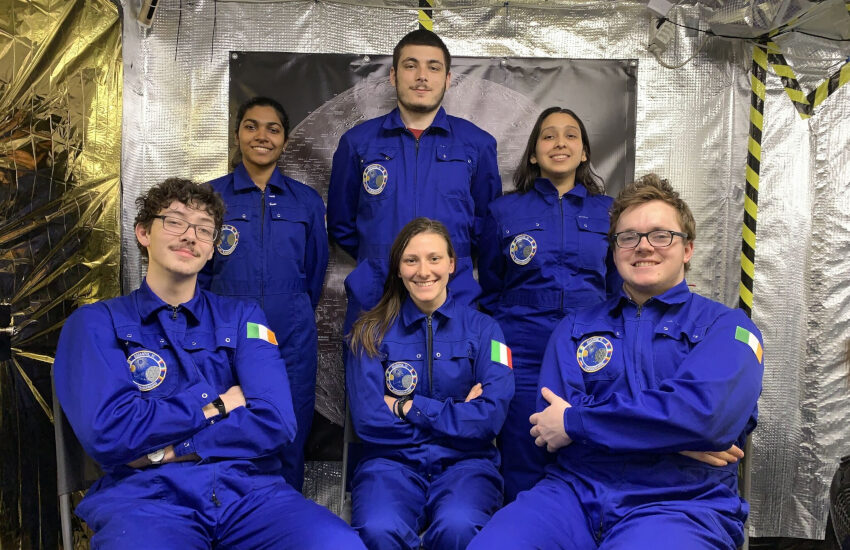Space exploration has brought us breath-taking images that have become a part of history and our collective imagination. Many will still remember the famous line “He has touched” by Tito Stagno who, through 25 hours of live television, reported the astronauts Neil Armstrong and Edwin Buzz Aldrin landing on the moon on 21 July 1969. And now, 53 years since the lunar landing, not only is man ready to return there but also to go beyond, to reach new goals.
We spoke about precisely these challenges with the researcher Sarah Solbiati, who recently participated in a lunar mission simulation and the professor Michèle Lavagna, with whom we discussed the prospects of aerospace technology.
Our journey then returns to Earth where the challenges of the future look to new horizons, in order to make our presence on this planet increasingly sustainable. Firstly, Sarah Bagherifard talked to us about the design of new “impossible” materials. After that, we look at research on environmentally friendly energy sources for existing means of transport: Lorenzo Trainelli spoke to us about the future of electric propulsion in aviation.
But protecting the planet also means optimising existing resources, which is one of the aims of agritech. How? By uniting big data, agricultural robotics and smart irrigation. Gianni Ferretti, professor of Agricultural Engineering, explains in the new Voci di Frontiere podcast episode.
Frontiere will be back in September. In the meantime, we leave you for the summer with the inscription that we left on the Moon that distant day in July. Back then it was a declaration looking to the future. Now it sounds like an omen for the present:
“Here men from the planet Earth first set foot upon the Moon. July 1969, A.D. We came in peace for all mankind.”

The future of space exploration
Flight has always been a passion for Michèle Lavagna. In an interview with the professor of Flight Mechanics at the Politecnico, we discussed her involvement in planning lunar missions which has led her, alongside her team, to successfully experiment with the production of water from our satellite’s soil.
After all, mankind’s next goal is not only to travel to space, but also to remain there; with one eye on Mars.
Technical tests for a lunar mission
How do you prepare for a space mission? Through trial and error, by simulating the experience. Just like athletes and actors, scientists train for future exploration through simulations here on Earth.
Through the Kinosomno project financed by the Italian Space Agency, our researcher Sarah Solbiati took part in an experiment simulating life in a lunar habitat for the EuroMoonMars programme. The aim was to collect data on the impact of the missions on circadian rhythms and the cardiovascular system, but also to experience first-hand what it might be like to travel through space.
PHOTONEWS

Pierluigi Cerri. Ideas, forms, intentions
To mark the opening of the “Pierluigi Cerri. Furniture. Ideas, forms, intentions” exhibition being displayed at the Politecnico di Milano’s Historical Archives on the Bovisa Campus until 28 September, we met our alumnus and had an interesting conversation about his thoughts on architecture and his multidisciplinary approach with an international twist.
Discovering EMCLab
We take you on a tour of the Electromagnetic Compatibility Lab, where research is carried out on the specialist subject of interference phenomena.
Giordano Spadacini and Flavia Grassi, the heads of the laboratory, explain the EMCLab’s two missions: on the one hand the advancement of knowledge in the field of electromagnetic compatibility through academic and industrial research; on the other hand, pre-compliance consultancy for companies.

ArcHIDep, the possible future of “impossible materials”
The fates of the planet and mankind do not just depend on energy, but also on the solutions that we can find to limit the impact of our lifestyles on the environment, such as the development of new, innovative materials.
In 2022, the European Research Council awarded an ERC Consolidator Grant to Sara Bagherifard for the ArcHIDep research project, a revolutionary solid state deposition system to obtain heterogeneous materials. The aim? To develop a new design and manufacturing framework which will have a notable impact in terms of sustainability through smarter use of raw materials and increased service lifetime, enhancing the ability to obtain highly customised structures.

